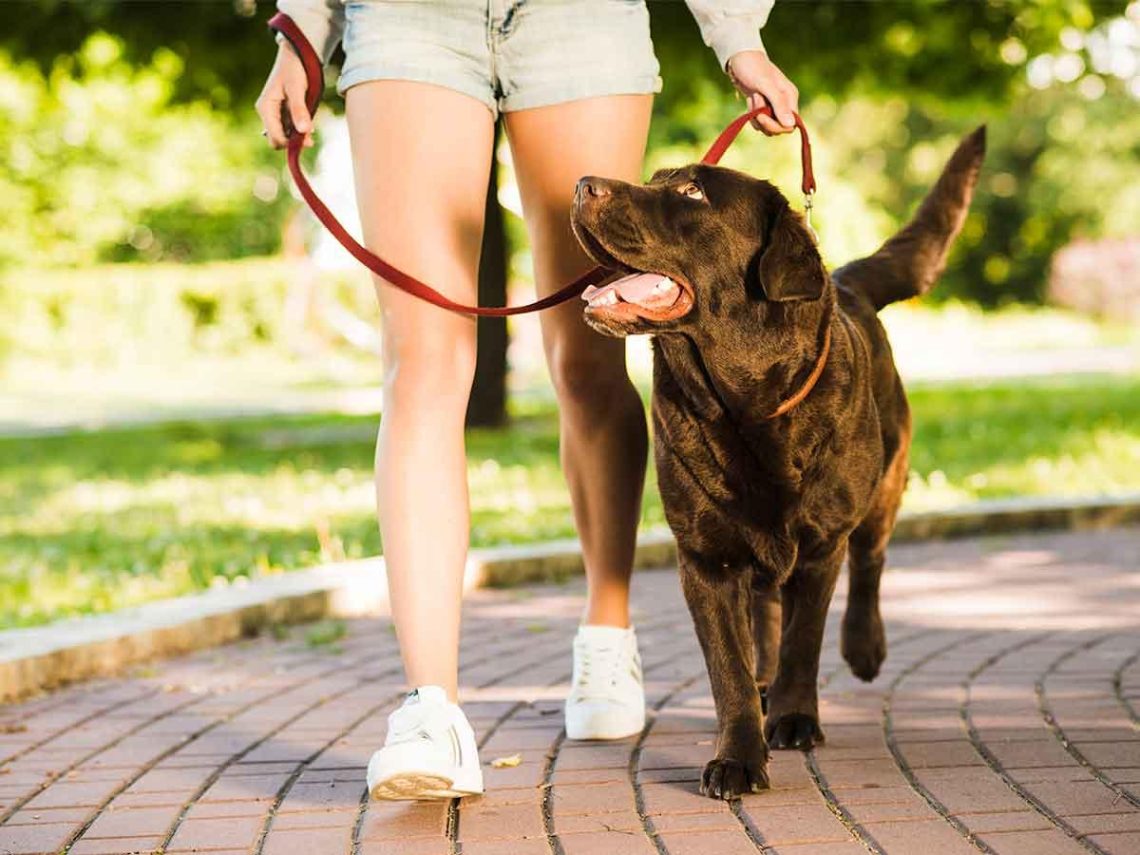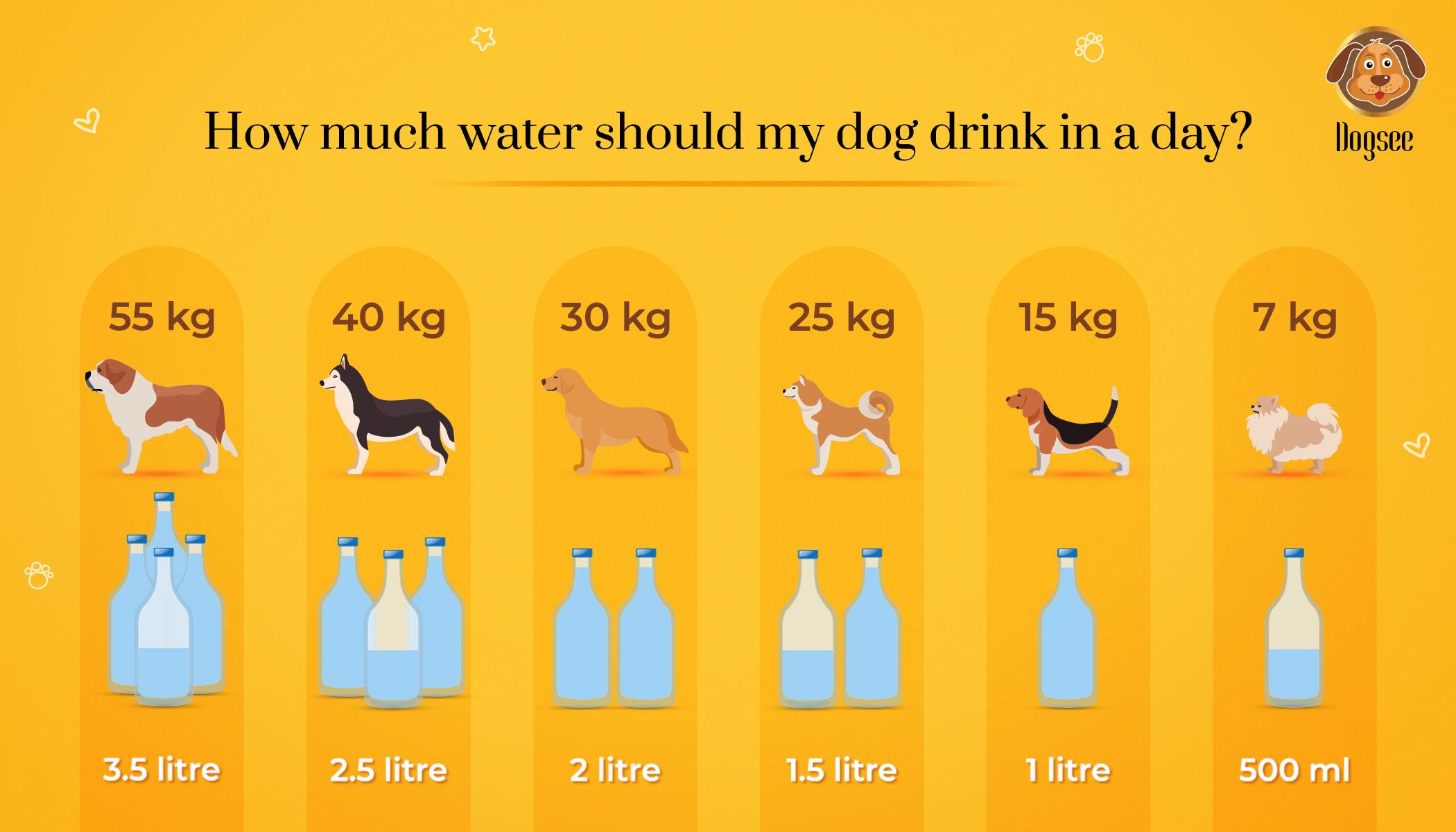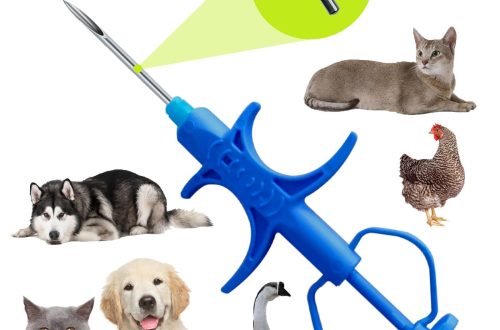
Beat the Heat: Essential Tips to Safeguard Your Pet This Summer
As the sun climbs higher and the days stretch longer, summer beckons us outdoors, inviting us to bask in its warmth and revel in natureS beauty. However, as much as we relish the luminous days and balmy evenings, the rising temperatures can pose serious risks to our beloved pets. Just like us, our four-legged companions are susceptible to the sweltering heat, and their well-being depends on our vigilance and care. In this article, we’ve curated essential tips to help you safeguard your furry friends during the hot months ahead. From hydration strategies to safe outdoor practices, join us as we explore how to keep your pets cool and healthy, ensuring that this summer is enjoyable for both you and your cherished companions.
Table of Contents
- Understanding the Risks of Heat Exposure for Pets
- Creating a Comfortable Environment for Your Furry Friends
- Hydration and Nutrition: Key Components for Summer Health
- Fun and Safe Outdoor activities to Enjoy Together
- Wrapping Up

Understanding the Risks of Heat Exposure for Pets
As the temperature rises during summer months,the risk of heat-related illnesses in pets becomes a serious concern. Just like humans, animals can suffer from heat exhaustion, heatstroke, and other heat-related conditions if they are exposed to high temperatures for prolonged periods. Signs of heat distress may include excessive panting, drooling, weakness, or disorientation.Understanding these symptoms can help pet owners act quickly and prevent severe consequences. Establishing a cool environment,ensuring access to fresh water,and limiting outdoor activities during the hottest parts of the day are crucial steps to keep our furry friends safe.
Different breeds react to heat in varying ways, making it essential to understand the unique vulnerabilities of your pet. Certain factors that influence heat tolerance include:
- Breed: Flat-faced breeds like Bulldogs and Pugs are particularly at risk.
- Age: Older pets and puppies may struggle more with heat.
- Weight: Overweight pets have a higher heat sensitivity.
During summer outings, consider alternatives to traditional walks, such as early morning or evening strolls when temperatures are cooler. Also, always have a plan in place to transport your pet safely if you notice signs of heat distress. Being aware of these risks and proactive in your care can ensure a safe and enjoyable summer for both you and your beloved companion.

Creating a Comfortable Environment for Your Furry Friends
As the temperature rises, it becomes essential to ensure our beloved pets feel comfortable and secure. start by creating shaded areas in your outdoor space where they can retreat from the scorching sun. Consider using patio umbrellas, dog tents, or even planting trees strategically to provide natural shading. Pair this with a cozy outdoor bed or mat, ensuring they have a cool, inviting spot to relax. Additionally, it’s crucial to keep their drinking water fresh and readily available.Changing it multiple times a day, especially in hotter climates, will encourage them to stay hydrated.
Inside the house,managing the ambient temperature is key. Make use of fans and air conditioning to maintain a cool environment, but be mindful not to place them directly in line with your pet’s resting area. Providing cooling pads or mats can also help, as they offer a gentle way to cool down. Furthermore, it’s beneficial to keep curtains or blinds closed during the hottest parts of the day to block out sunlight. Consider creating a designated cool area in your home, equipped with their favorite toys and comforts, to give them a cozy retreat where they can escape the summer heat.

Hydration and Nutrition: Key Components for Summer Health
As temperatures soar, ensuring your pet stays well-hydrated is paramount. Fresh, clean water should be readily available at all times, especially during outdoor activities. Consider carrying a portable water bottle and bowl on walks or trips to the park. if your pet enjoys lounging outside, set up a shaded area where they can rest and sip water. Furthermore,don’t underestimate hydration from food; incorporating wet food options or adding water to dry kibble can provide extra moisture in their diet. Always monitor your pet for signs of dehydration, such as panting, excessive drooling, or lethargy. Regular breaks for water play a crucial role in keeping your furry friend cool and comfortable.
Nourishing your pet with appropriate summer-amiable foods can help them thrive during the warmer months.Look for lightweight, nutrient-dense meals that won’t weigh them down during playtime. Consider adding fresh fruits and vegetables like watermelon, blueberries, and carrots to their diet, ensuring they are safe for your particular pet. These options serve as lifesavers by providing hydration and essential vitamins. Below is a simple guide to some refreshing snack ideas that are both safe and delightful for your pet:
| Fruit/Vegetable | Benefits | Serving Suggestions |
|---|---|---|
| watermelon | Hydrating, low in calories | Cut into small, seedless pieces |
| Blueberries | Rich in antioxidants | Serve fresh or frozen |
| Carrots | Good for teeth, low-calorie crunch | Raw or lightly steamed |

Fun and Safe Outdoor Activities to Enjoy Together
This summer,explore the great outdoors with your pet while keeping their safety in mind. Engaging in activity not onyl builds a stronger bond between you and your furry friend but also allows for valuable exercise and mental stimulation.Consider planning a variety of adventures that are tailored to your pet’s ability and comfort level:
- Shady Nature Walks: Choose trails with plenty of tree cover where your pet can enjoy the scent of nature without overheating.
- Water Play: Find pet-friendly beaches, lakes, or splash pads where your dog can cool off and enjoy some fun in the water.
- Picnics in the Park: Pack a water bowl and some treats, and find a shaded area for a relaxing meal together.
- Agility Classes: Look for local classes where your pet can learn new skills while staying active and socializing.
Always be mindful of the signs of heat stress in pets, such as excessive panting or drooling. To ensure that your outings remain safe, here are key precautions to take before heading out:
- Hydration: Always carry enough water for both you and your pet.
- Timing: Plan activities for early morning or late evening when temperatures are cooler.
- Sun Protection: Consider pet-safe sunscreen for areas with little fur.
- Rest Periods: Provide breaks in shaded areas to help your pet cool down.
Wrapping Up
As the sun blazes overhead and summer days stretch long, it’s crucial to remember that our furry friends feel the heat just as much as we do. By incorporating these essential tips into your summer routine, you can ensure that your pet stays safe, comfortable, and happy throughout the warm months. From hydration strategies to heat-stress prevention, a little awareness goes a long way in protecting our beloved companions. As we enjoy the vibrant joys of summer together, let’s make every adventure safe and enjoyable—as a well-cared-for pet is the best kind of summer companion. So grab your shades, pack your sunscreen, and don’t forget to bring along your four-legged friend—after all, summer fun is best when shared!





